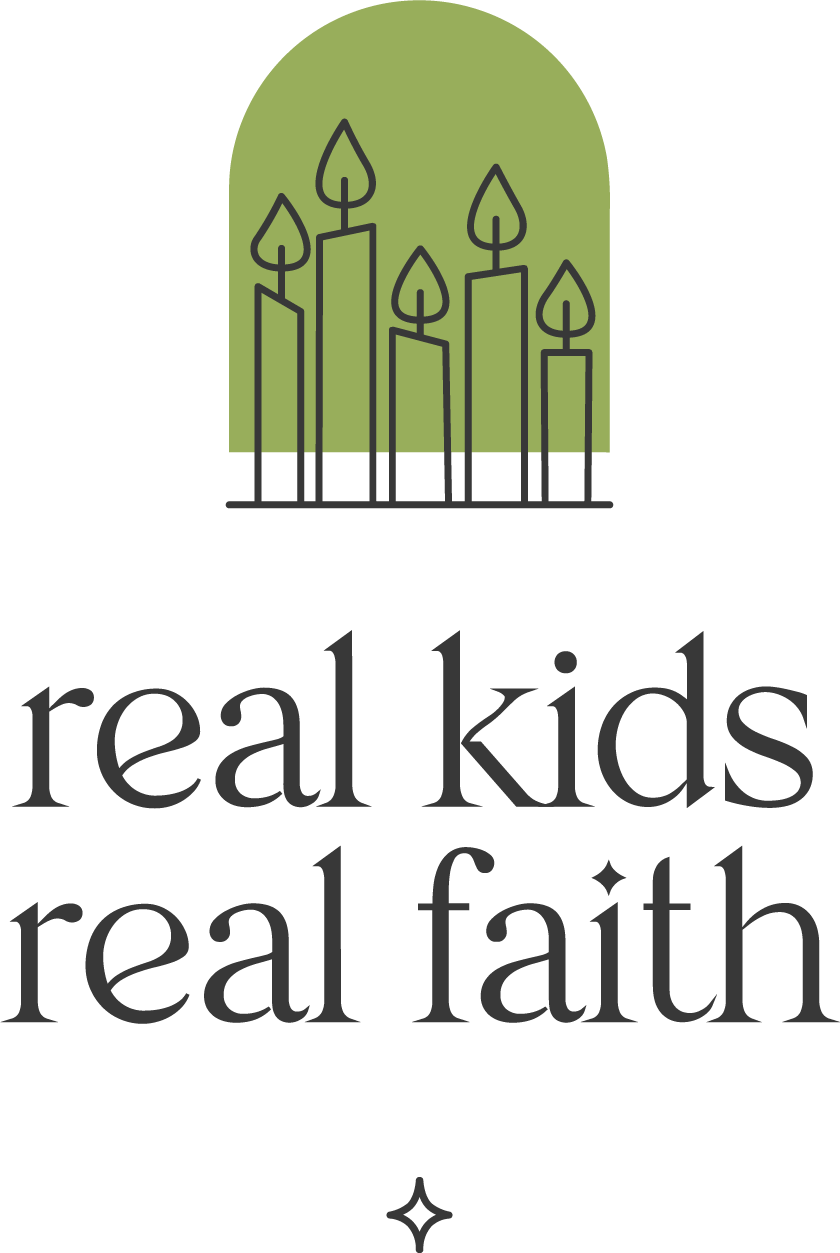Even as places open for in-person experiences, virtual engagements can continue to be part of children’s and families’ positive spiritual interactions. Adapt a bitmoji room format to create a virtual protest space where children can imagine how to actively support social justice issues. Spend a few weeks creating the space together so children have time to research and reflect as they consider and then create different aspects of the protest. Encourage them to identify which parts of their identity they want to showcase and how they will express themselves, based on their spiritual experiences and values. Invite them to discuss (virtually or in-person) how they will work together to cover all the things they collectively want to say about the issue.
Here’s how to build your virtual protest space in 5 steps:
1. Identify protest movements that support issues that matter to children. These might include protests at a state capitol for more laws to protect the environment, at a school board meeting to oppose rules banning transgendered children from participating on their preferred gender’s sports team, or at a local monument celebrating the confederacy or segregation. Discuss these possibilities and select the protest your children want to imagine joining. If you are working with a large group of children, use a google form or online poll to help them choose what protest they would like to simulate.
2. Create your virtual room environment, including elements that are central to the protest location. If you are protesting at a school board meeting, find images of the board’s regular meeting place and pictures of the school board members. If you are protesting at your state capitol or a local monument, include an image of the capitol building or monument and pictures of influential state or local leaders. Ask children what they think they would see and who they would expect to be present and incorporate their ideas. If you are new to creating a virtual room, check out this simple guide for How to Create a Virtual Room.
3. Add bitmoji avatars. Have each child create an avatar that represents how they want to be seen at the protest. What would they wear? What would be their facial expression? Would they wear a mask (especially in areas with police targeting)? Do they want to hold their sign or do something else with their hands and arms? Place the avatars in the virtual room. If you are working with a group of children, have each child email their bitmoji to you so that you can place the image.
4. Design protest signs. Part of every protest is holding up signs. Have each child design a sign that they want to display as part of their virtual protest. Ask them to think about what they hope to accomplish with their signs. Do they want to express care by using words like “Love Wins” or “Black Lives Still Matter”? Do they want to share a fact about the issue, like “Earth’s temp is going up”? Do they want to promote a certain stance, like “End Police Violence”? Do they want to express outrage with something like “Our Planet is on Fire”? Remind them that they can use images as well as words on their signs, such as a picture of George Floyd or a polluted river. They might even include a famous quotation.
Have each child take a picture of their completed poster and email it to you so you can add them to the virtual room. They can be held in the hands of children’s avatars, posted on the walls, or stuck in the ground. You can also have each child record themselves saying the words on their sign, and embed the audio so that participants can hear each other speaking when they click on each poster.
5. Add a protest chant, song, or speech that matches your theme. Embed this soundbite on a relevant image in your room by using the ‘insert’ feature. If you are protesting climate change and have a picture of Greta Thunberg in your room, you could embed audio of one of her speeches on her photo. Or add a recording of We Shall Overcome to a photo of John Lewis.
*Audio in the Virtual Protest example is from VPM’s YouTube video of the Richmond, VA protests.

Comments